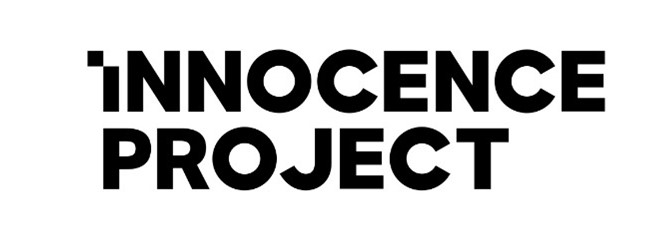Though the Bundy case is quite an anomaly in terms of convictions based on dental evidence, there have been quite a few controversial convictions since 1976 when the American Board of Forensic Odontology (ABFO) was created and began accrediting forensic odontologists. One that significant case is that of John Kunco, a man convicted of rape and assault in 1991. The evidence presented against Kunco was a bite mark on the victim’s shoulder, the identification of Kunco’s voice by the victim, and a comment supposedly made by Kunco at a party.
All of the evidence against Kunco was problematic. The comment supposedly made was not corroborated by any others at the party, and the voice identification was made off a police officer’s imitation of Kunco’s lisp to the victim.

Photo taken by officers in Kunco case of the bite mark on the victim
However, the most problematic piece was the bite mark. The officers who photographed the mark failed to place rulers by the mark for reference. Additionally, the two specialists who provided testimony in court relied on the “West Phenomenon” and used infrared light to see the “healed” bite mark on the victim’s shoulder. Kunco had a solid alibi, but the submission of the forensic specialists’ testimony on the bite mark was what ultimately convicted him.
As of May 2018, the specialists had retracted their testimony, resulting in two pieces of extremely flimsy evidence against Kunco. Additionally, once the Innocence Project became involved, Kunco was able to plead guilty to lesser charges, though he maintained his innocence, and was immediately paroled in August 2019 having already served the duration of his sentence.

Innonce Project Logo
The Innocence Project is a national nonprofit organization that helps overturn wrongful convictions. The Project has assisted in overturning a number of cases that were unjustly based on bite mark analysis and other dental evidence. Courtesy of the Innocence Project
The Innocence Project is a national nonprofit dedicated to helping those wrongfully convicted get justice for themselves. In January of 2019, The Innocence Project published an updated report on twenty-four cases that were overturned based on insufficient evidence. The suspects had initially been convicted over bite marks specifically, with little to no other substantial evidence against the individual. Almost a quarter of all people exonerated in the United States since 1989 were convicted on “false or misleading forensic evidence, like bite marks.” This is exemplified through the Innocence Project’s study on overturned bite mark convictions, in which the majority of the accused had been prosecuted on evidence that was confirmed by ABFO certified forensic odontologists.

Dental mold used as evidence in the case of Keith Allen Howard
Keith Allen Howard was convicted for a rape and murder of a Virginia couple in 1982 and convicted based solely on a bite indentation on the rape victim’s leg. No other DNA evidence matched Howard and it was not until 2016 Howard was cleared of all charges after further DNA analysis matched the evidence found on the victims to another man.
Robert Lee Stinson, convicted of a rape and murder in 1985 solely on a bite mark on the victim. Further DNA testing in 2009 via saliva and blood left on the victim excluded the possibility of Stinson as the perpetrator.
Steven Mark Chaney was convicted of murder in 1987 based on bite mark evidence despite having nine alibi witnesses at the time of the murder. After decades in prison, the forensic dentists recanted their testimony based on their opinions not being backed by the scientific literature available, and Chaney was declared “actually innocent” in 2019 by the Texas Court of Criminal Appeals.
These are only three of the stories of those falsely convicted of heinous crimes and show the dangers of convicting someone based heavily on dental evidence, especially bite marks. The one commonality between all of the overturned cases presented by the Innocence Project is the individuals were convicted almost solely based on bite mark analysis and the testimony of forensic odontologists. This speaks volumes to the necessity of having other significant evidence, especially DNA evidence.




